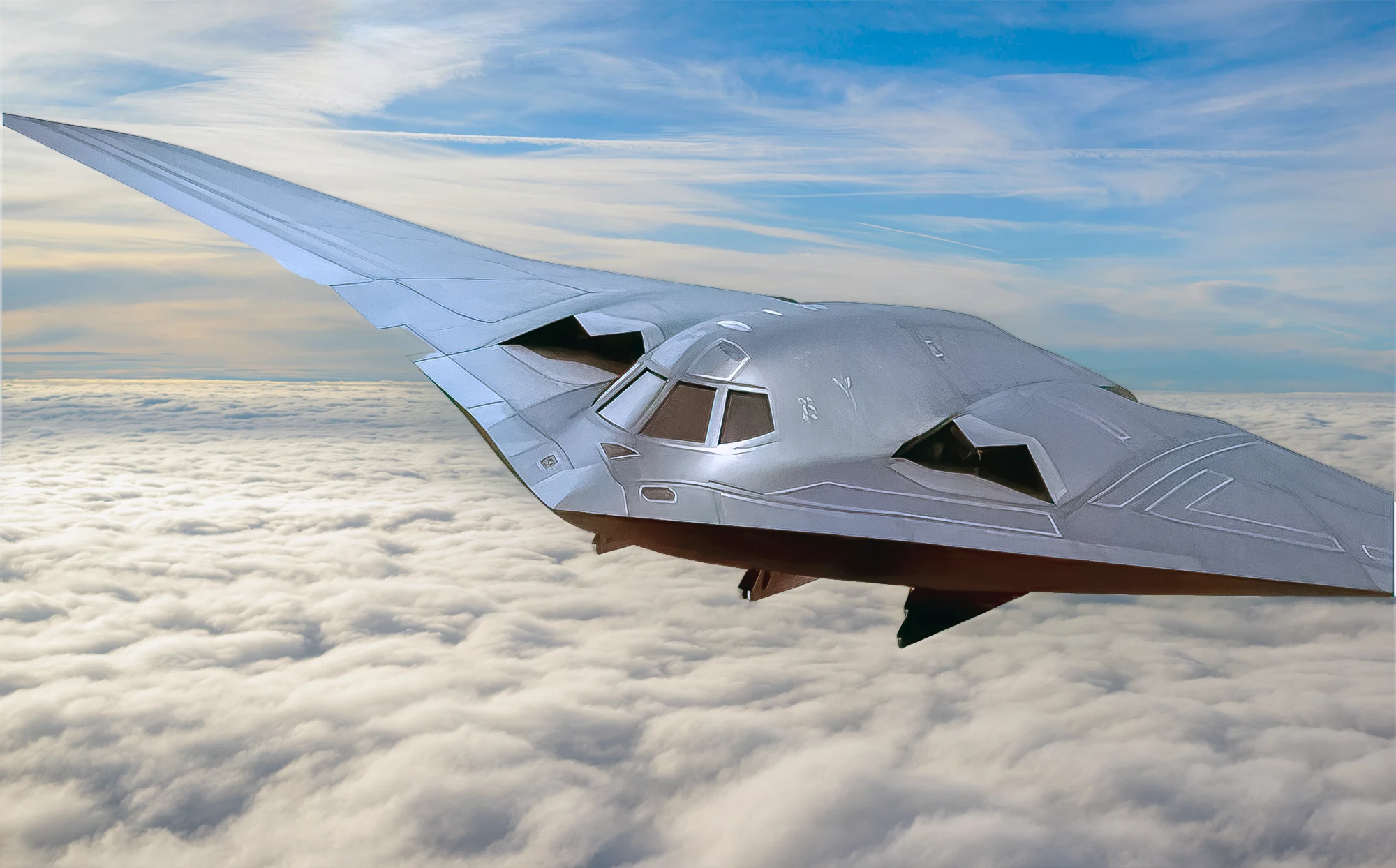Strategic bombing, a devastating game of aerial chess, emerged in World War I. The German Empire, a pioneer in this tactic, deployed zeppelins to besiege London, ushering in an era of total war from the skies. This strategy seeks to pulverize enemy morale and annihilate its economic structure, moving the battlefield to the adversary’s heart.
The evolution of strategic bombing and its military impact
Since the days of gigantic aircraft dropping incendiary bombs, the evolution has been dramatic. Modern bombers, armed to the teeth, carry payloads weighing thousands of kilos, including, sometimes, the feared nuclear arsenal. The US Air Force deploys three aerial behemoths: the B-52 Stratofortress, the B-1B Lancer and the B-2 Spirit, each with a specific mission in the theater of operations.
The Stratofortress leads with a warload of 70,000 pounds. On the other hand, the Lancer, with its supersonic capabilities, is a master at evading anti-aircraft defenses. The Spirit, the most advanced, uses stealth technology and a reduced radar profile to infiltrate enemy airspace. However, the challenge is to stay ahead of enemy projects such as the Russian PAK-DA and the Chinese H-20.
The birth of the B-21 Raider and its strategic mission
In 2011, the goal was clear: develop the next generation of bombers. Northrop Grumman was ordered to create the B-21 Raider, designed to dominate conflicts against superpowers like Russia or China. Inspired by the design of the B-2, the Raider adopts a flying wing shape, maximizing lift and minimizing drag, resulting in greater autonomy and operational time in combat.

With plans to acquire 100 Raiders, the Air Force is looking to replace its 45 B-1Bs and 20 B-2s fleets. This acquisition could even mean the gradual retirement of the veteran B-52, who has been in service for more than seven decades. However, changes in the global and political landscape could alter these defensive strategies.
The challenges of changing air defense strategies
Originally, the plan was to acquire more than 100 B-2s, but the end of the Cold War and subsequent drawdown of the military slashed those numbers. This fact underscores how geopolitical developments can redefine defense strategies, including when it comes to powerful strategic bombing forces.


